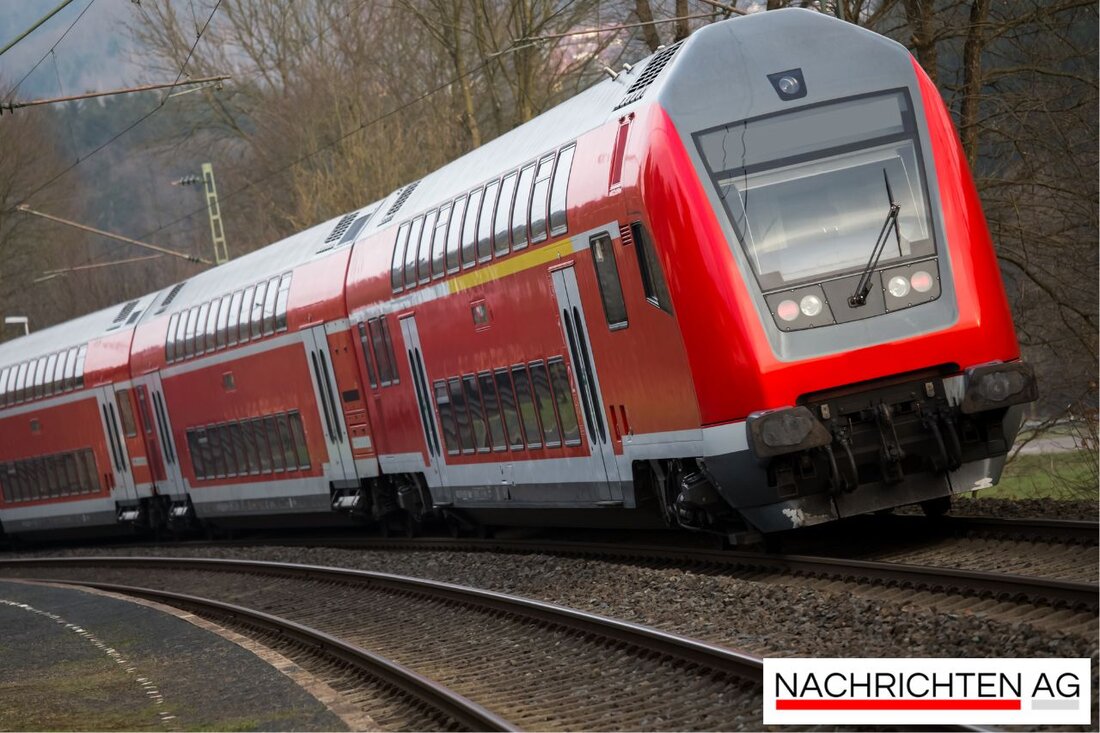High -speed record: Velaro Novo at 405 km/h between Erfurt and Leipzig!
High -speed record: Velaro Novo at 405 km/h between Erfurt and Leipzig!
Erfurt, Deutschland - How fast can a train actually go? This question arises after Deutsche Bahn and Siemens recently set an impressive record with its new high -speed train, the Velaro Novo. The train reached a fabulous 405 km/h on the route between Erfurt and Leipzig/Halle, which is not only quickly, but also a new maximum value for this route. According to The time was used in these test drives a medium car equipped with measurement technology.
Why are these test drives so important? The results provide valuable findings on the renovation and maintenance of quick driving routes as well as the technical development of high -speed trains. Especially Dr. Philipp Nagl, CEO of DB Infrago AG, underlines the performance of the infrastructure after ten years. This not only promotes technology, but also the future of rail traffic in Germany.
technical details and perspectives
The Velaro Novo is not only faster, but also more efficient. It consumes up to 30 percent less energy than its predecessors and offers a seat capacity of ten percent higher. All of this is part of the comprehensive plan to promote and improve high -speed traffic. The test drives are not integrated into regular operation, but there is already a great need, especially since most current ICE trains are technically able to achieve speeds of over 300 km/h.
on the route between Erfurt and Leipzig, which was put into operation in 2015, everything is designed for high speeds. The railway states that the route is in very good condition, although there is currently a blocking for maintenance work by July 12th. This phase also offers the opportunity to integrate the knowledge gained from the test drives and to consider future missions.
A look into the future
But what are the long -term goals of Deutsche Bahn? According to taz wants to double the high-speed traffic by 2030 and even tripled by 2050. The whole thing is part of a larger plan to reduce CO2 emissions in the transport sector in Europe. For this, massive investments in an expanded rail network are necessary for this to grow to a total of 32,000 kilometers by 2050. Other European countries, such as Poland, also see large expansion potential in their high -speed networks.
While the test operation of the Velaro Novo does not yet take place in regular operation, the test results show the great potential of this new generation of trains. The data collected not only helps to further develop the high -speed trains, but also to make the entire rail system future -proof. It remains to be seen when and in what form the Velaro Novo can be used in regular traffic, but the signs are good that the future of railway rides will be designed quickly and green.
| Details | |
|---|---|
| Ort | Erfurt, Deutschland |
| Quellen | |


Kommentare (0)